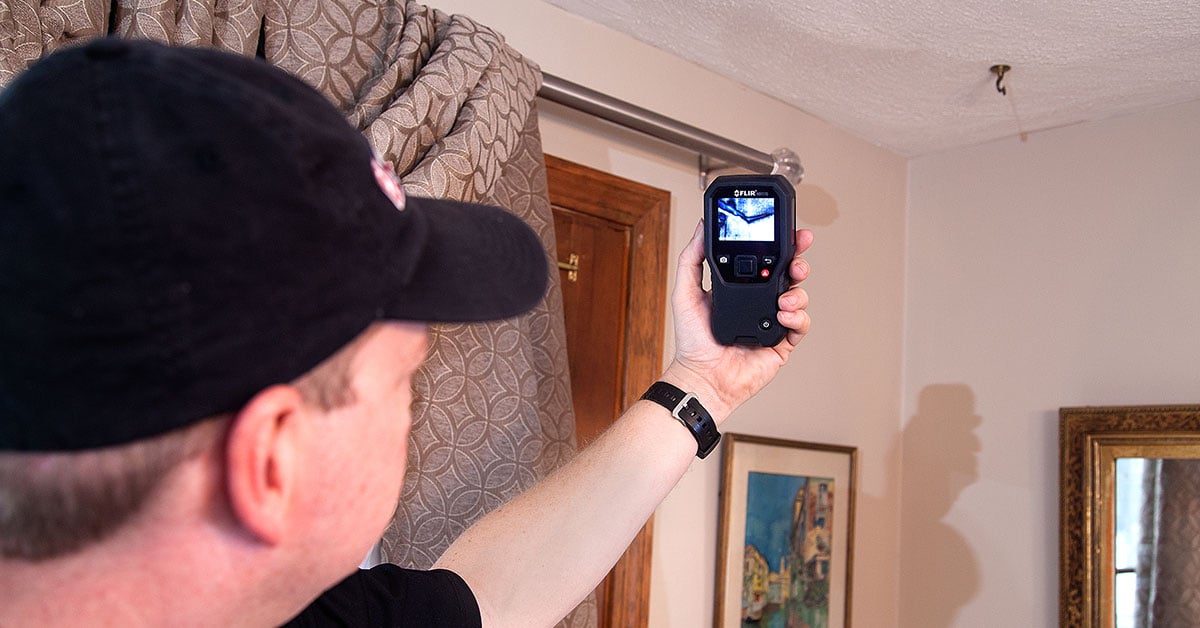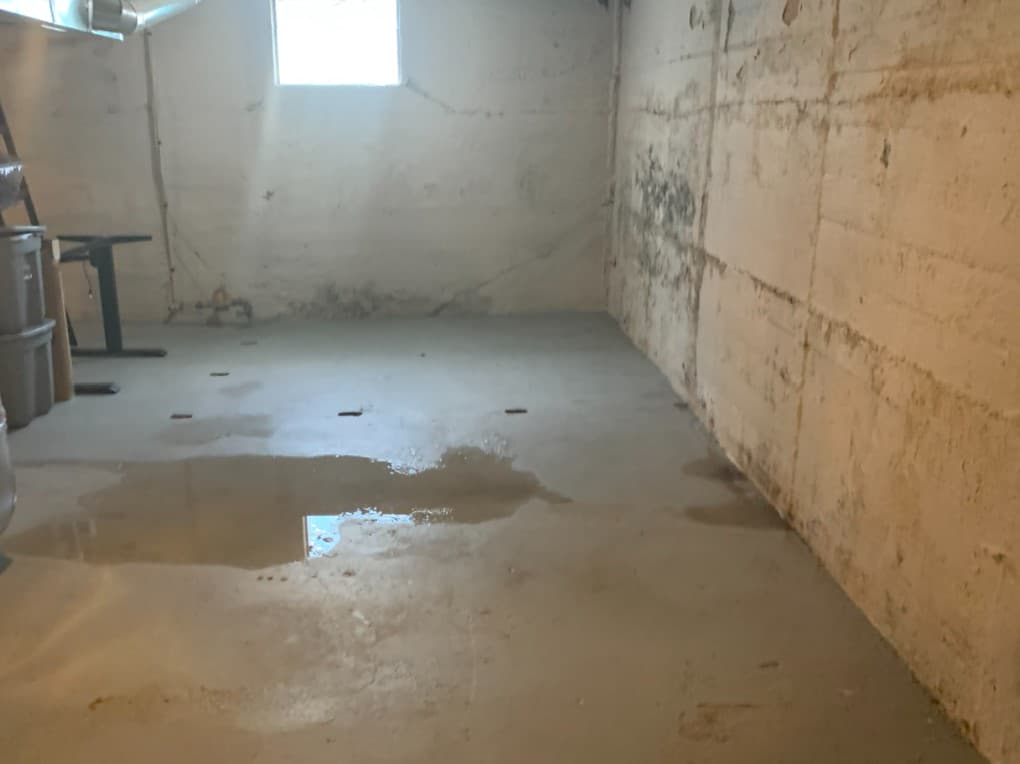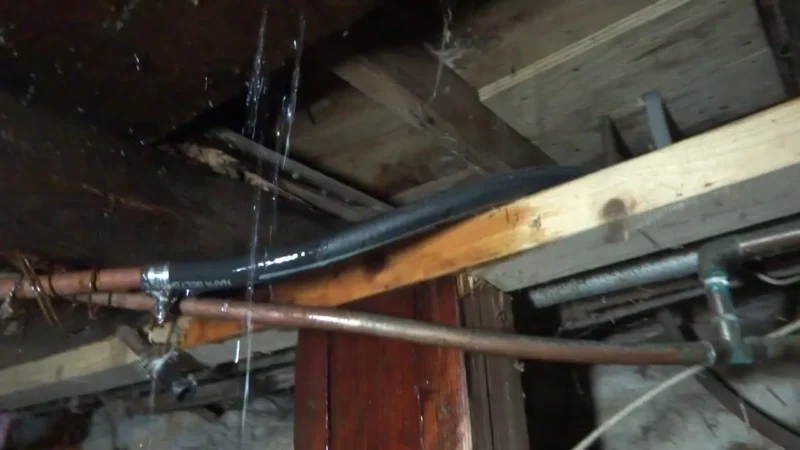Basement ceilings can be the source of water leaks that can cause a myriad of issues for homeowners. It is crucial to locate the exact source of the leak to address the problem effectively and prevent further damage to the property.
Water leaks in basement ceilings can occur due to various reasons such as plumbing issues, cracks in the foundation, or poor insulation. Identifying the source of the leak can be challenging, but with the right techniques and tools, homeowners can pinpoint the problem and take the necessary steps to fix it.
In this article, we will explore some common causes of water leaks in basement ceilings and provide tips on how to locate and address these issues efficiently.
Signs of Water Leaks in Basement Ceilings
The presence of water leaks in basement ceilings can be evident through various signs. One of the most common indicators is visible water stains or discoloration on the ceiling surface.
These stains may appear as dark patches or streaks across the ceiling, signaling the presence of water infiltrating through cracks or gaps. Additionally, peeling paint or wallpaper can also signal water leaks, as moisture seeping through the ceiling can cause the paint or wallpaper to bubble and peel.
Another sign to watch out for is the growth of mold or mildew on the ceiling, as these fungi thrive in damp and humid environments. Musty odors in the basement can also point to water leaks, as stagnant water can produce a distinct and unpleasant smell.
Regularly inspecting the basement ceiling for these signs can help homeowners locate and address water leaks before they cause further damage.
Steps to Identify the Source of Water Leaks in Basement Ceilings

Identifying the source of water leaks in basement ceilings requires a systematic approach to pinpoint the root cause. First, examine the exterior of the home for any signs of damage or wear on the roof, gutters, or downspouts that could be allowing water to seep in.
Next, check for any plumbing leaks or condensation issues within the basement itself. In addition, inspect the foundation for cracks or gaps where water could be entering.
Utilizing a moisture meter or thermal imaging camera can also help in detecting hidden sources of water leaks. By thoroughly investigating these potential areas, you can effectively locate and address the source of water infiltration in your basement ceiling.
Techniques for Locating Water Leaks in Basement Ceilings
There are several effective techniques for locating water leaks in basement ceilings. One common method is to carefully inspect the area for any visible signs of water damage, such as stains, peeling paint, or mold growth.
Using a flashlight can help reveal hidden leaks in dark corners or crevices. Another approach is to press down on suspicious spots to see if any water seeps out.
It’s also important to check for any cracks or gaps in the ceiling where water may be entering. Utilizing a moisture meter can help pinpoint the exact location of a leak by detecting elevated levels of moisture in the affected area.
By combining these methods, homeowners can identify and address water leaks in their basement ceilings before they lead to more serious issues.
Professional Help for Water Leak Detection in Basement Ceilings

For homeowners experiencing water leaks in their basement ceilings, professional help is essential for efficient and accurate detection of the source. Water leaks can be sneaky and hard to pinpoint, often leading to damage and mold growth if left untreated.
Professional water leak detection services can utilize advanced equipment and techniques to quickly identify the source of the problem, whether it be from plumbing, cracks in the foundation, or poor drainage. By entrusting the job to experts, homeowners can save time and money in the long run by addressing the issue promptly and effectively.
Don’t let water leaks in your basement ceilings go unnoticed – seek professional help to locate and resolve the problem before it worsens.
Preventative Measures to Avoid Water Leaks in Basement Ceilings
To prevent water leaks in basement ceilings, it is essential to take proactive measures to identify and address potential sources of moisture. Start by checking for any cracks or gaps in the foundation and sealing them with waterproofing materials.
Make sure downspouts and gutters are clear of debris to prevent water from pooling near the foundation. Installing a sump pump can help to quickly remove excess water from the basement in case of flooding.
Regularly inspecting and maintaining plumbing fixtures and appliances can also help to prevent leaks. Lastly, consider investing in a dehumidifier to control humidity levels and reduce the risk of water damage in your basement ceiling.
By taking these preventative measures, you can help to avoid costly repairs and protect your home from water leaks.
Conclusion

In conclusion, identifying the source of water leaks in basement ceilings is crucial in preventing further damage to the foundation of your home. By utilizing various techniques such as visual inspections, moisture meters, and infrared cameras, homeowners can effectively locate and address these leaks before they escalate into larger issues.
Seeking professional assistance from a reputable waterproofing company like Foundation Waterproofing Niagara (https://www.foundationwaterproofingniagara.com/) is highly recommended to ensure a thorough and lasting solution. Remember, early detection and proactive maintenance are key in keeping your basement dry and safe for years to come.



